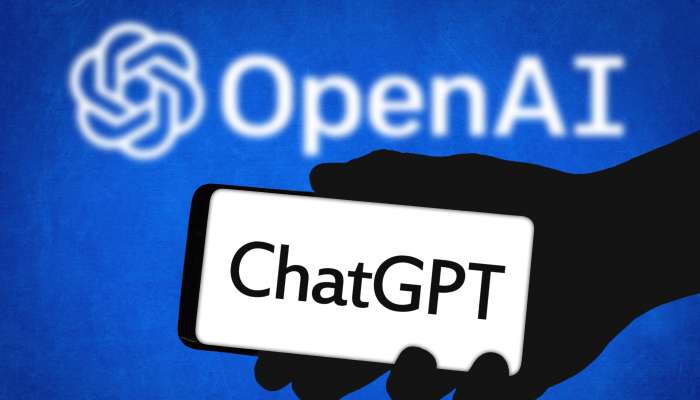
The Internet is a fascinating web of ideas and creations, accessible to practically anyone across the globe. Frequently, some ideas may take centre-stage, get popularised and mediated upon by netizens and the media alike in the phenomena informally known as ‘gone viral’.
ChatGPT is the latest ‘viral’ creation that has caught the imagination of influencers and enterprises alike.
What is ChatGPT?
ChatGPT is an artificially intelligent ‘language model’. It was released by Artificial Intelligence (AI) laboratory OpenAI on November 30, 2022.
It is a type of AI known commonly as a ‘chatbot’ or ‘chatterbot’, capable of engaging in conversations with users. It can answer user-input questions about a range of topics, as simple as telling the user a joke, or as complex as an explanation of a concept in quantum physics.
At present, ChatGPT is still very much a work-in-progress, barred by technical limitations that AI like it face on a common basis. However, there are still several ways to interact with it to make your time on the Internet a little more interesting.
We have compiled a list of 5 ways in which you can get started with ChatGPT.
1. Have conversations
While there are many specific functions that ChatGPT can handle, perhaps one of the simplest is to just be able to talk to the AI chatbot.
It is noticeably a clear and coherent conversationalist. ChatGPT gives responses that are more extensive in comparision to its AI counterparts Alexa and Siri, which were both developed to provide more concise answers. Whereas conversing with the chatbot is highly reminiscent of speaking to a pen-pal.
However, unlike humans, ChatGPT is unable to formulate or give opinions. The chatbot only provides information. Additionally, a visible lack of true understanding of human complexities and nuance makes it an unlikely Turing test candidate anytime soon. But it’s still an interesting conversation buddy if you need someone to pass a few minutes with.
2. Computer Programming queries
ChatGPT has been trained with many popular computer languages like Python, Java, C# etc. It can assist with tasks like debugging and code optimisation for user-suggested prompts, potentially negating human error in this notoriously hard-to-master field.
Coding has the potential to be far less time-consuming for professional programmers, thanks to this nifty feature.
3. Explanation of concepts
Akin to Wikipedia, ChatGPT can give users an explanation about any concept under the sun. As mentioned earlier, based on user input, an explanation can be as simple or complex as desired.
While it is by no means a perfect or reliable replacement for traditional research, it can be used as a starting point to glean basic knowledge.
4. Identify (almost) anything
The mobile application ‘Shazam’ is popular for identifying songs based on a few notes. ChatGPT can do the same thing, except it can do so for practically any written prompt given to it.
A user may ask it to identify a song lyric, what film or TV show a quote is from, even phrases from other known spoken languages. However, as of writing this article, ChatGPT is only updated with sources up to September 2021, so any queries for things that occurred after that date may not elicit an accurate response.
5. Build custom chatbots!
In true ‘Inception’ fashion, a user may use ChatGPT, itself a chatbot, to…build another chatbot. While you do require a third-party application integrable with ChatGPT to host your creation, you are free to use the parent chatbot’s features and tailor what your own bot does to your needs. Chatbotception!
A lot can be done with ChatGPT’s toolset, so long as it is given a written prompt. The possibilities are endless, the only limit is your imagination!
You can try experimenting with ChatGPT for yourself here: https://chat.openai.com/chat.
Share your ChatGPT experience with us in comments on our social media platforms.